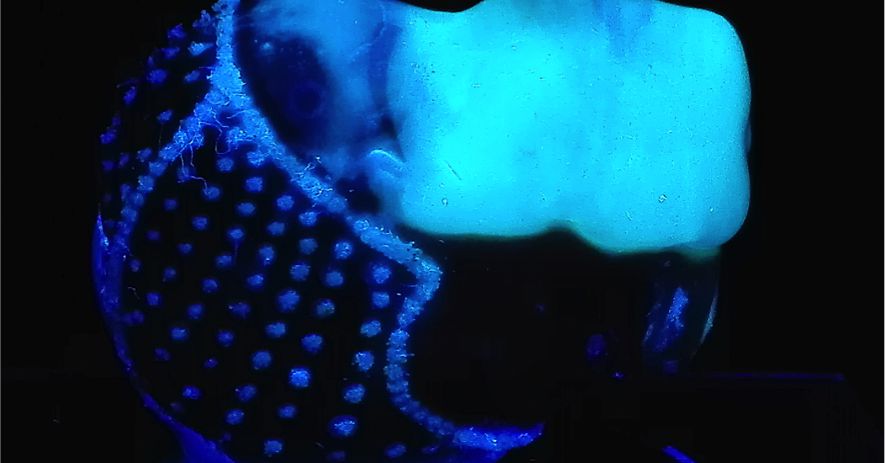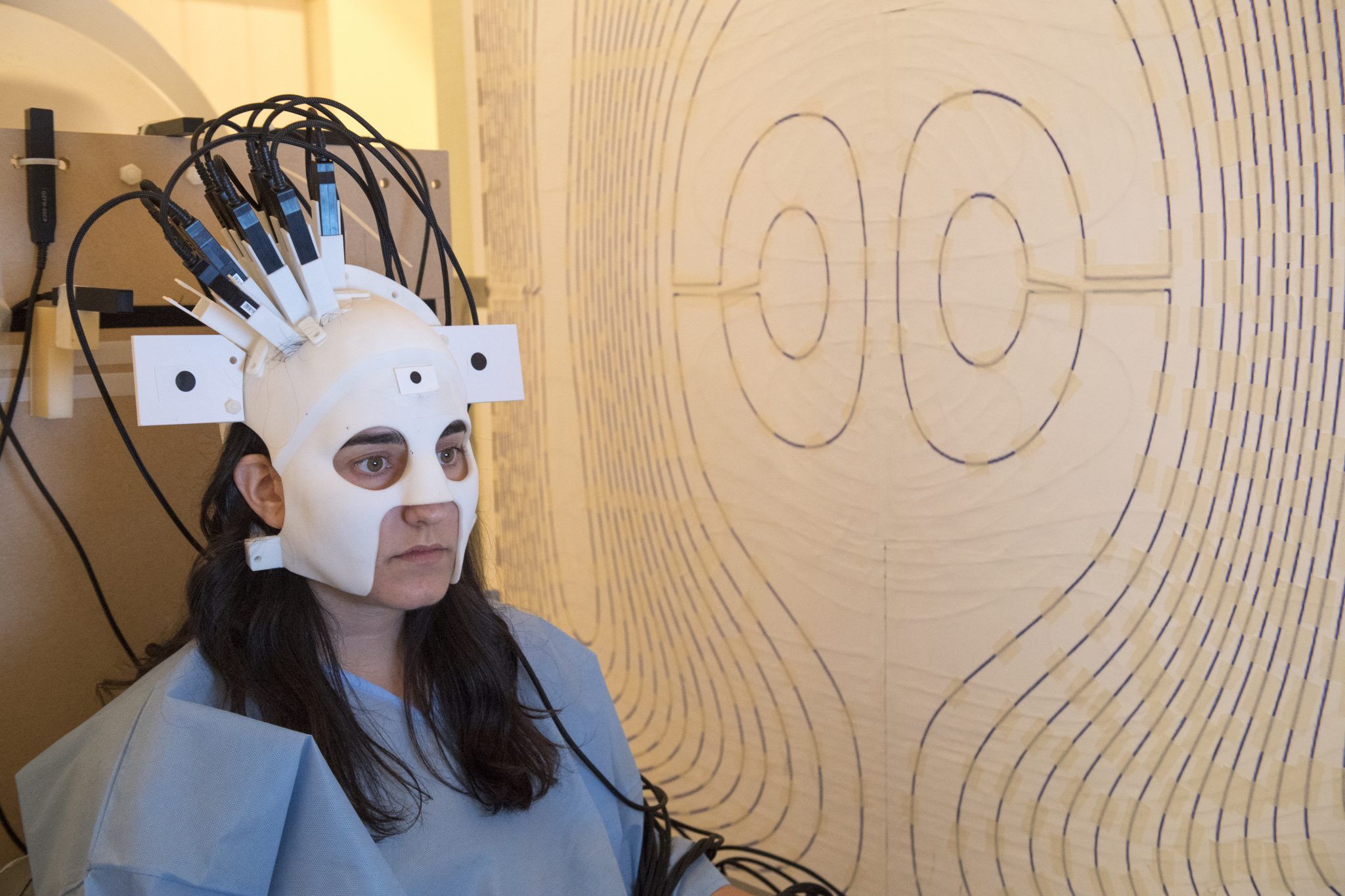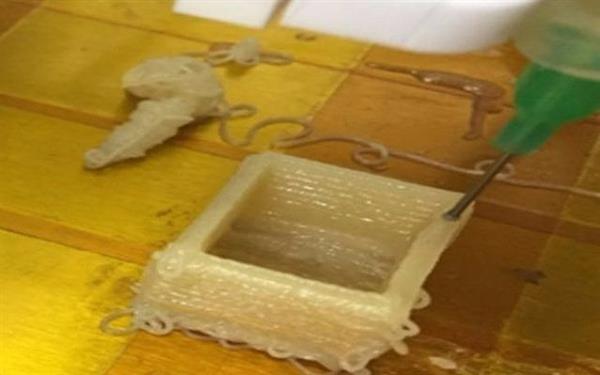A team at MIT has genetically modified bacteria cells and developed a new 3D printing technique to create a “living tattoo” that can respond to a variety of stimuli.
Electronic tattoos and smart ink technologies are showing exciting potential for reframing how we think of wearable sensor devices. While many engineers are experimenting with a variety of responsive materials the MIT team wondered if live cells could be co-opted into a functional use.
The first step was to look at what organic cells could be utilized, and it turned out that the strong cell walls of bacteria were the best target for use as they could survive the force of a 3D printer’s nozzle. Bacteria also proved to be perfectly compatible with the hydrogels needed for accurate 3D printing.








